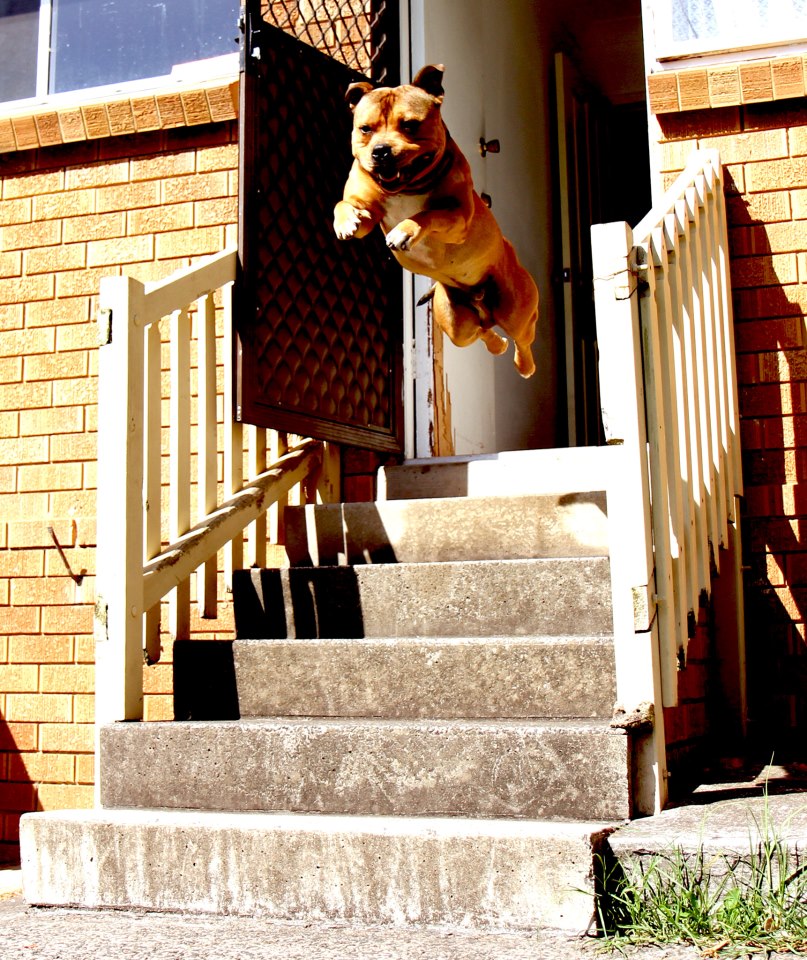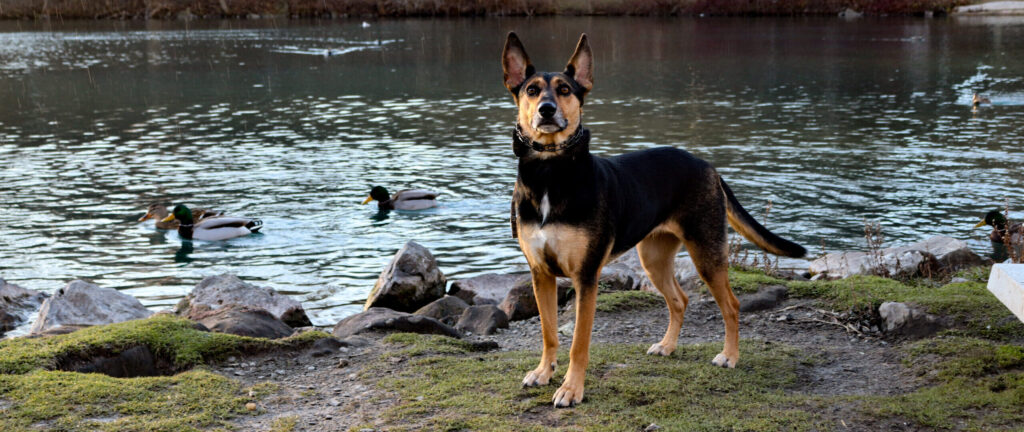Lost Pets and How to Find Them

Let’s set the scene, you have the door propped open to bring in groceries and suddenly there is a furry blur that speeds past you, or maybe you’ve let them out for a pee, and when you go to check there’s suddenly a new dog size hole under the fence, now what?
We have a few preemptive solutions for you, as with most situations in life, it’s better to be prepared for that dog to run away but never have it happen, than to be unprepared and, suddenly, the newest love of your life is missing. It’s a safe assumption that, under the right circumstances, you may lose track of your dog.
To start, microchipping and registering your animal through licensing means that if your dog is picked up as a stray, someone can reach you immediately. In some cases, the dog is returned before the owner even realizes he or she was missing. Once you’re registered, keep that information up-to-date. If you move, consider updating your pets address or additional contact information to be a priority.
Additionally, it’s vital to solidify a reliable recall with your dog, if they’re trained to come when called the first time, every time, they will come to your call. A strong recall is helpful not just in situations of Houdini-like actions, but also any additional situations in which you may need to call them back to your side, such as wandering too close to the road or trying to make friends with the squirrels.

Keep some recent and in focus photos of your dog so they’re easily accessible. Try to have them sitting or standing in a couple different positions to make identifying marks more easily recognized. This will be beneficial in the event that posters or flyers need to be created.
In the event they do get out, get the word out immediately! Be sure to start calling around right away, don’t wait to let people know your animal is missing. Yes, they might come home on their own but when? Within an hour? Within a day? Don’t take the chance, the faster your reaction time, the sooner they’re home safe.
Be aware that notifying the shelters in your area does not mean they’re sending out a search party. This means they will closely watch animals that are brought in or picked up as strays. Don’t only call the shelter of the district you’re in, your dog could have wandered farther than you think. Reach out to anyone within a 60 km radius.
In addition to shelters, notify your microchip company and veterinarian’s office as well. You can switch the status online, in most cases, to lost immediately. Your veterinarian’s office issues an identifying tag, has their address and number on it, when your pet receives their rabies vaccine.
Start making your posters and post them to social media right away. Local shelters may have a “lost and found” section on their websites and social media, where these can be posted.
Talk to your neighbours, the more eyes you have on the ground, especially in your own neighbourhood, the better success you may have. Odds are, they haven’t gone very far, especially if you react quickly, so while you’re out going door-to-door you might even find them in a backyard.
If your pet is running loose when found, don’t chase after them! Instead, call their name and get their attention. Start running the opposite direction from them. This ignites their prey drive and which ignites the desire to play! Don’t chase them, let them chase you!
If your efforts have lacked results, seek the advice of a professional. There are pet recovery teams that can help you recover your missing family member. https://www.k9tracker.ca/home/basics/

No matter what, don’t give up. One way or another you will find answers, it’s important not to lose hope.

